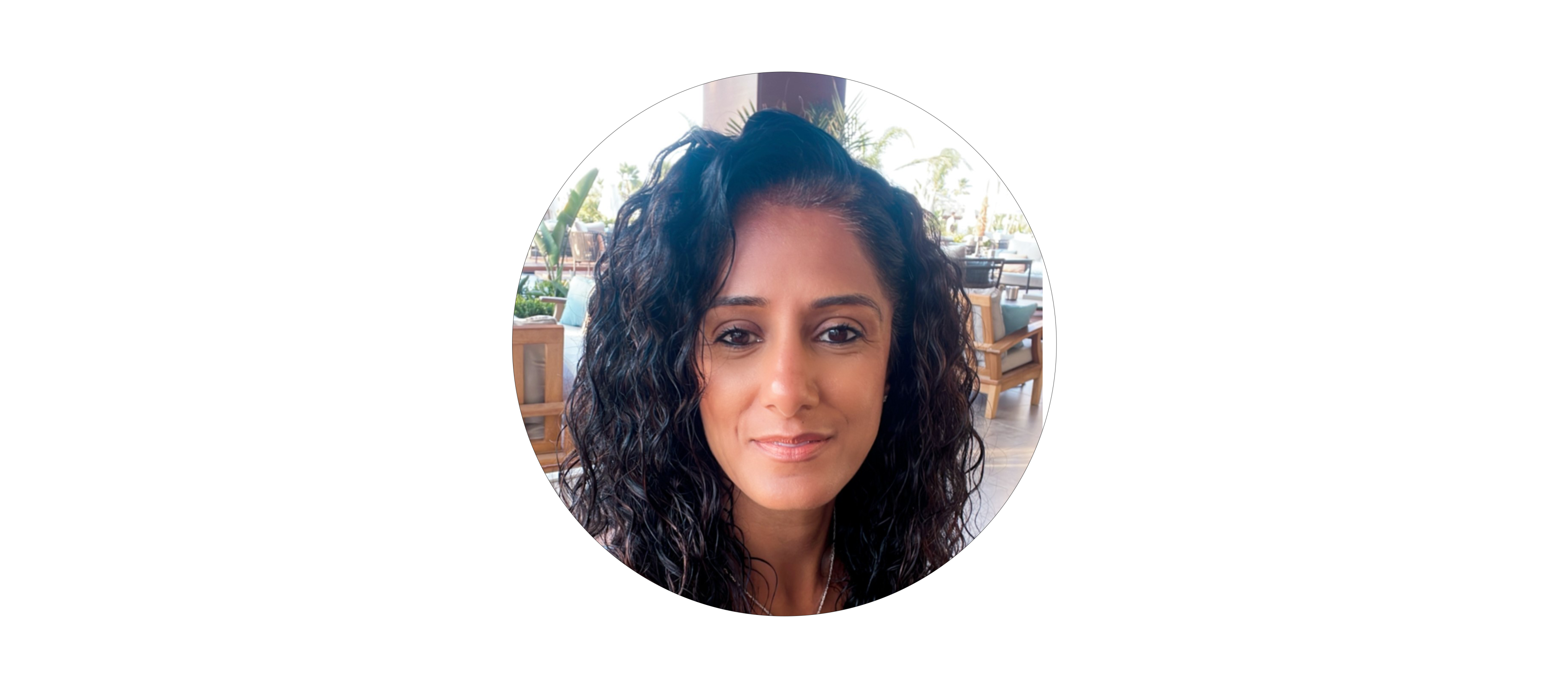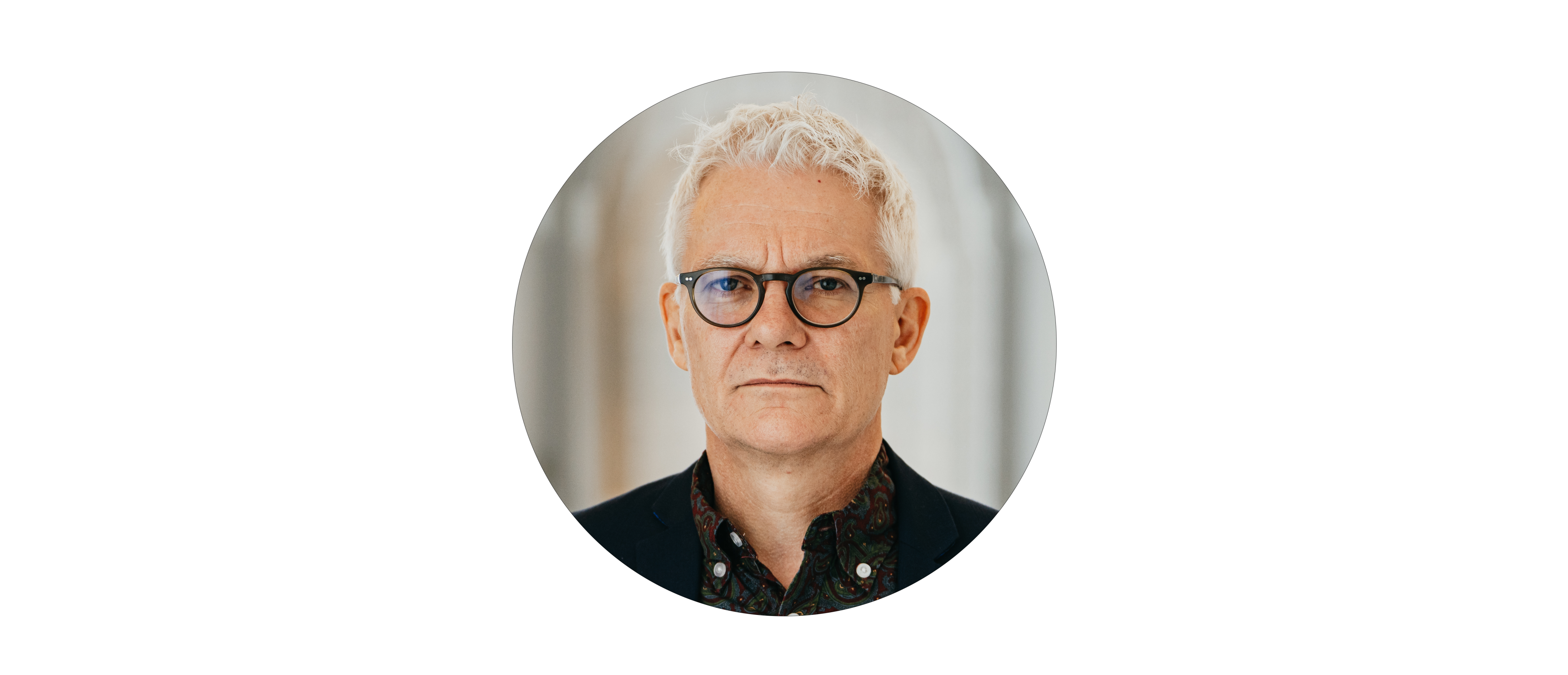Opinion
“Why I became a radiographer”

Dhrusha Jethwa
Dhrusha Jethwa
I grew up in a working class home. My dad was a carpenter and my mum a seamstress and then a registered childminder. My parents were both refugees after Idi Amin expelled anyone of Asian heritage from Uganda. They both arrived young and with nothing.
I grew up watching them work hard to survive and support and provide for their young family, all the while still helping others where they could. So, from a young age, this belief of helping others was something that just became part of my upbringing. I am one of four siblings who all work in various sectors of the NHS - all helping others.
I fell into radiography by total accident. I had missed my chosen path of optometry by two UCAS points and had to find another career path during clearing. I remember my sister asking ‘what do you want to do?’ and all I said was that I wanted to help people.
“I found myself wanting to make a difference, even if it was just for one person”
They say everything happens for a reason. Not only did I find a career that is essential in a person’s diagnostic pathway, I also found my best friends. Going to work was never a chore, always a place I loved to be.
As a young radiographer, still finding my feet in my career, I found myself wanting to develop, wanting to make a difference, even if it was just for one person. I moved into mammography which was very fulfilling but I could not make the impact I wanted and the scope for development just was not there at the time.
The opportunity for reporting was advertised and I looked into what that would mean as a career. Ultimately, it meant I could change or assist in what would happen with a patient’s diagnostic pathway.
Having been a reporting radiographer now for over 15 years I have seen never-ending backlogs and long turnaround times for reports across all referral sources - outpatients and inpatients not being reported just because there was not the workforce/structure to change this way of working.
Reporting from home
In 2017 a pilot was launched in my NHS trust to see if radiographers could report remotely from home, and it has been a huge success. Six years later, there is a robust infrastructure in place to deliver ultra-fast turnaround of reporting services and retaining staff who have subsequently relocated from the trust.
It was because of the vision that our radiology management had for their reporting team in 2017, that they inadvertently made sure that the organisation was fit for the future when unprecedented world events dictated that we had to revolutionise the way we delivered services in 2020.
The NHS has a reputation for long wait times, for lengthy turnaround times for reports and overall having a prolonged investigative pathway. While radiology may only play a small part in the overall treatment process, it’s a very necessary one. Without it, the jigsaw would have a missing piece.
The gift of time
The reporting team is able to provide a service we are extremely proud of and would happily recommend to friends or family. We report most examinations within the hour, expediting a patient’s pathway. The benefits of fast reporting allow physicians to make prompt diagnosis and treatment which is crucial for patient care.
The service we provide is the bare minimum any patient should receive and one I am personally very proud to have developed and improved. I am fortunate enough to work with a fabulous team of people that inspire me to develop and that give me the confidence to provide better. Change is never comfortable but always necessary.
Within the trust it was essential that the reporting service changed to ensure the best outcome for the patient. Remote reporting has been quintessential in making this happen!
I feel I am making a change in a patient’s diagnostic pathway even if it just reduces the timescale by minutes, hours or days. Time is the most valuable thing we possess so why would we not want to give that to someone else by doing what I was brought up to do, which is to help people.
“The service to others is the rent you pay for the room you have here on earth”
Dhrusha Jethwa is lead reporting radiographer in the Department of Radiology, Cancer & Clinical Support Services Division, Barking, Havering and Redbridge University Hospitals NHS Trust, Essex.
Opinion
“Invest in staff”
Community diagnostic centres will drain hospitals of radiographers, argues Dean Rogers

Dean Rogers, SoR executive director
Dean Rogers, SoR executive director
In February 2022, the government announced its intention to speed up diagnostic processes in the NHS by building a network of more than 160 CDCs by 2025. In August this year, it said that it would be opening an additional 13 in England, to join the 114 already in operation.
We support the idea of opening CDCs so that fewer patients need to go to hospital for scans. Anything that reduces waiting times for patients is very welcome. However, the government has admitted that staffing the centres will require an additional 3,500 radiographers, as well as 2,000 radiologists and 500 advanced practitioners.
“Where exactly are 3,500 extra radiographers going to come from?”
This is entirely divorced from reality. In our most recent workforce census, published in 2022, 94 per cent of respondents said that there were vacant posts for diagnostic radiographers in their departments. Nationally, the average UK vacancy rate for radiographers is 12.7 per cent. Where exactly are 3,500 extra radiographers going to come from, when we can’t even staff existing hospital departments?
It’s also concerning that the NHS England long-term workforce plan states that the diagnostic radiography workforce needs to double between 2023 and 2037. The government’s only published plan to achieve this is to increase student numbers.
We welcome a plan to train more students as part of a long-term solution, however, it doesn’t help in the short or medium term. This year, the majority of university courses for diagnostic radiography had to enter clearing because of a lack of students to fill their places. This is a changing and worrying trend – previously, most courses for diagnostic radiography would not have needed to enter clearing. Even those students who enrol on radiography courses do not always go on to complete them. In 2021-22, most courses reported that more than 21 per cent dropped out.
High attrition rates
Attrition rates from the profession itself are also high. The average weekly earnings for members of the SoR have only increased by 23 per cent since 2008 – compared with an average weekly increase of 55 per cent. Many radiography professionals are feeling burnt out by low pay and increased hours. They’re leaving the NHS, and they are not being replaced in adequate numbers.
Yes we support the idea of CDCs but they are competing with acute hospitals for the same pool of staff. The result will be that acute hospitals will find it even harder to recruit radiographers. Unless something is done to address recruitment and retention, CDCs are going to drain hospitals of vital radiography staff.
No choice but to strike
The government needs to invest in CDCs – including investing in staff. Unfortunately, the government has so far refused to improve pay and conditions for radiographers, which has left us with no choice but to take strike action – which we will be doing for the second time in October.
Until recruiting and retaining staff is the core focus of government action, waiting lists will continue to rise, meaning that a great idea like the CDC programme will fail to meet its potential – and our members and their patients will suffer along the way.
Dean Rogers is SoR executive director of industrial strategy and member relations.
Now read...


